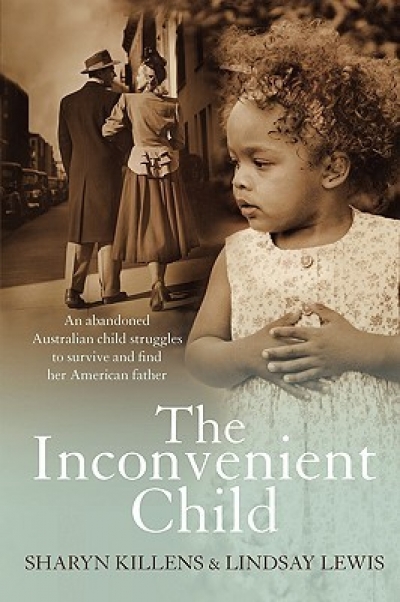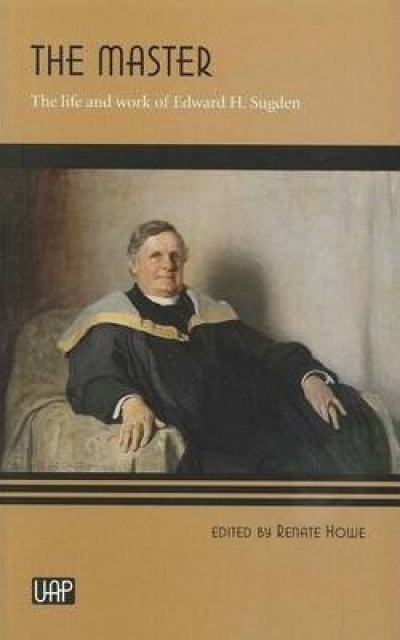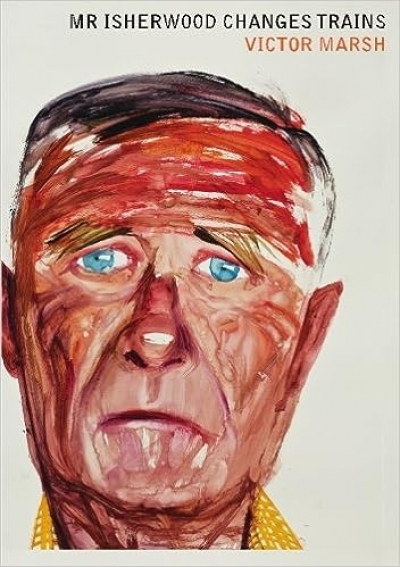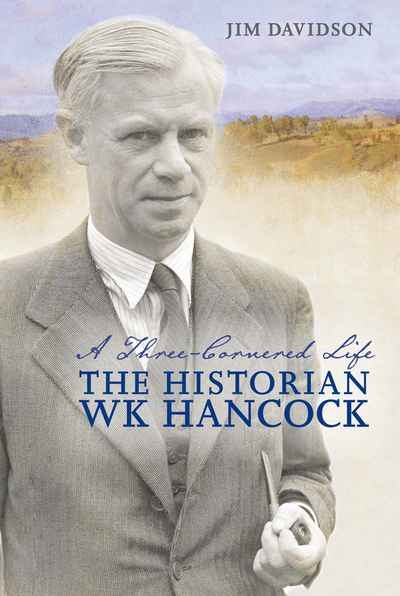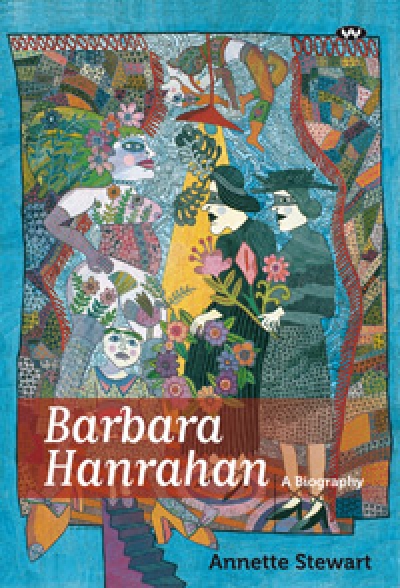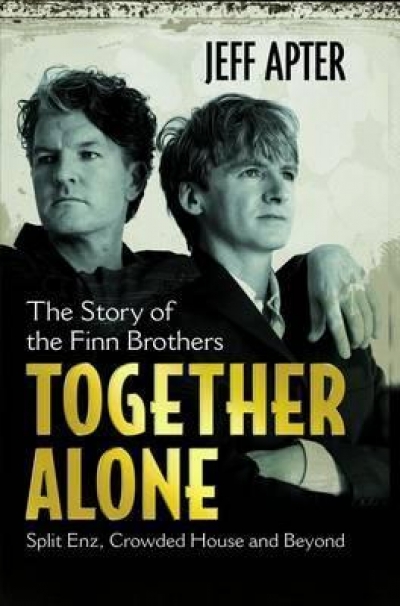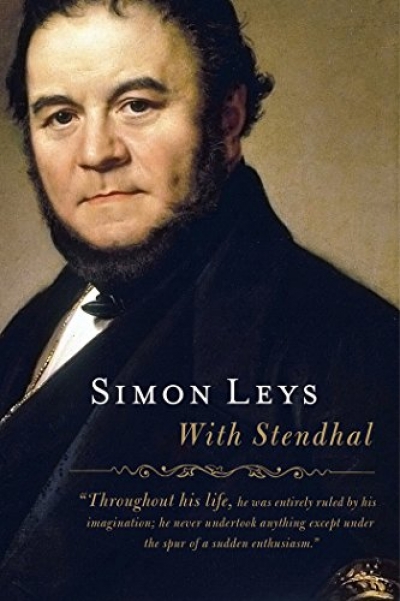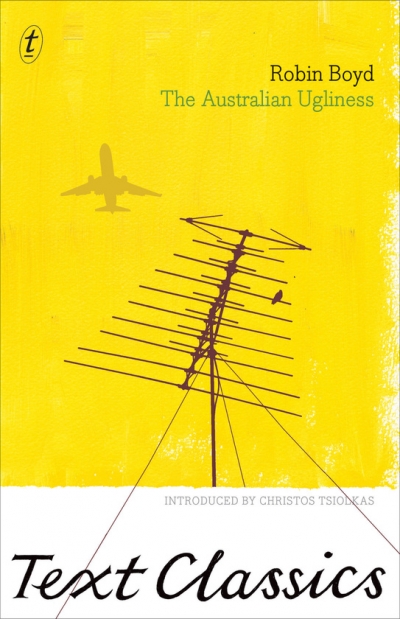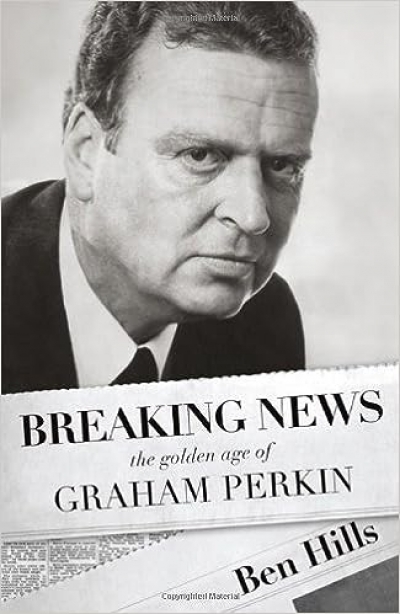Biography
The Master: The life and work of Edward H. Sugden edited by Renate Howe
by John Rickard •
Mr Isherwood Changes Trains: Christopher Isherwood and the Search for the 'Home Self' by Victor Marsh
by Sarah Kanowski •
A Three-Cornered Life: The Historian W.K. Hancock by Jim Davidson
by Deryck Schreuder •
Biography seems relatively easy to produce, but difficult to write well. It is therefore treated with a certain amount of suspicion by academics. Historians tend to regard it as chatty, not primarily concerned with policy or the identification of social factors; literary people are more sympathetic, but, in order to blot out the prosy or the fact-laden, tend to revert to a default position. Biography for them is basically about writers, and best written by literary academics.
... (read more)Together Alone: The story of the Finn Brothers by Jeff Apter
by Dean Biron •

